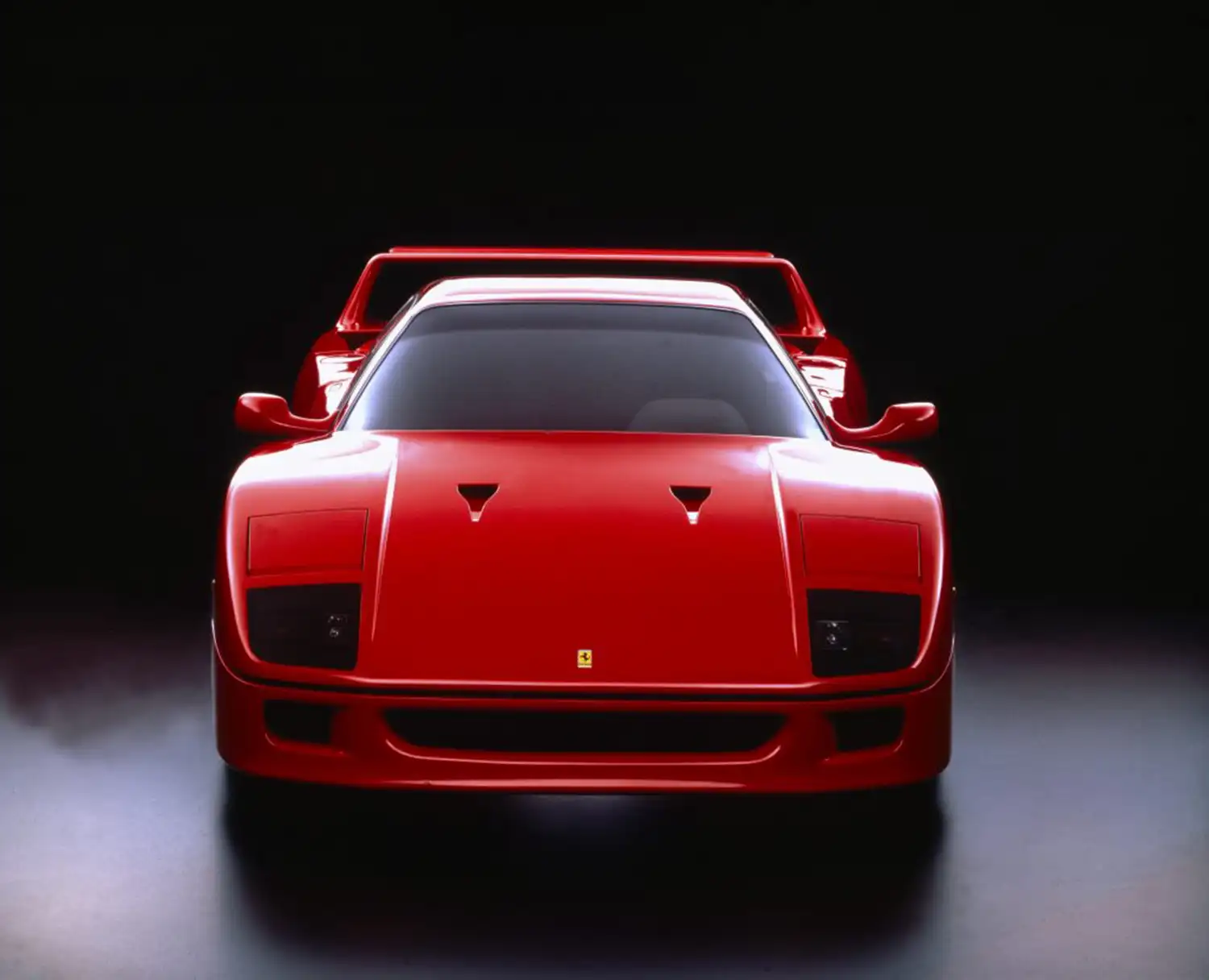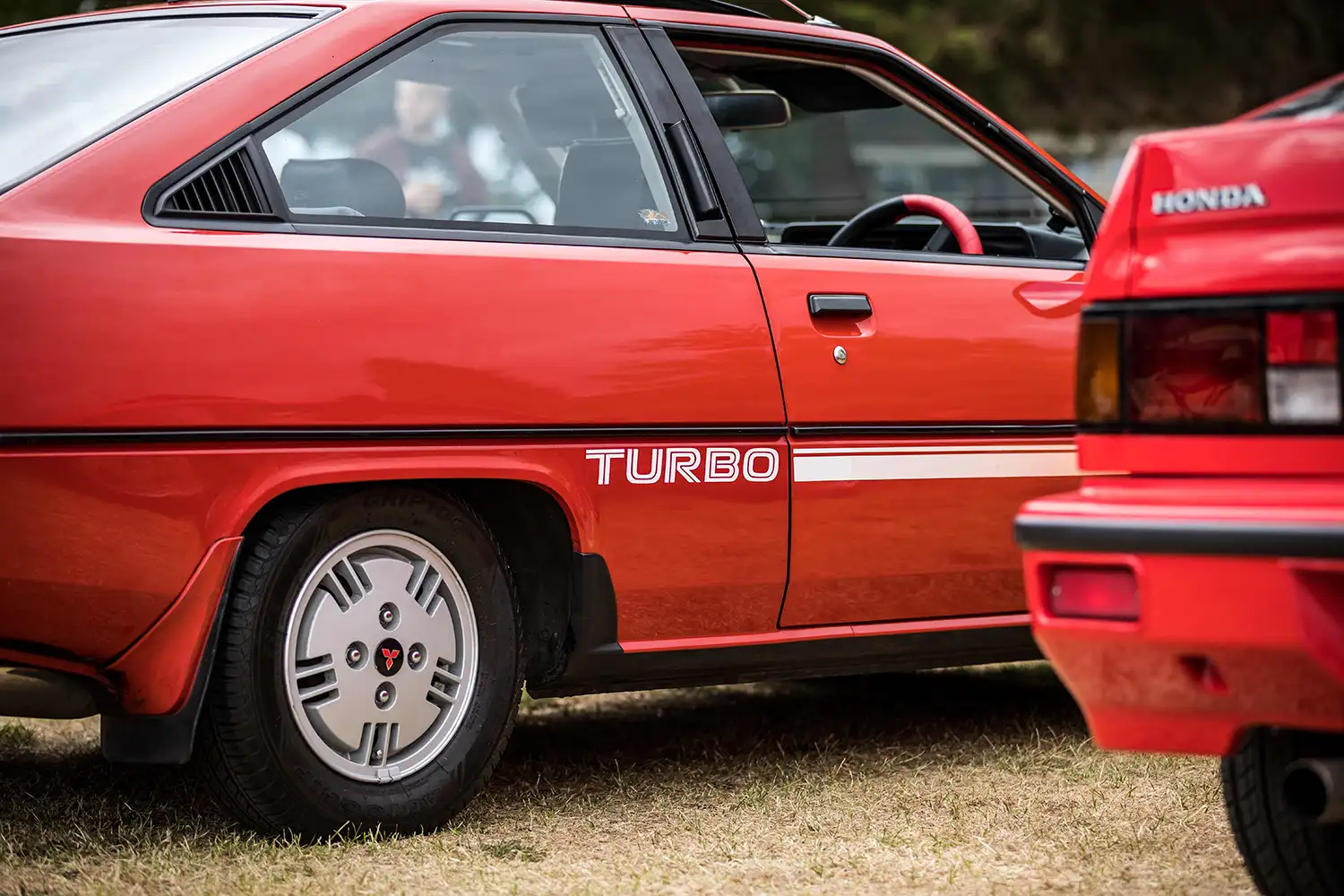![]()
Throughout 2023, Hagerty has tracked a correcting market where sellers’ expectations were not, in many cases, being met by potential buyers’ willingness to part with cash that had become more expensive to borrow. The demographic needle has also shifted rapidly to point towards Millennials as being the new driving force behind the classic car market, fuelling the rise in new market segments and more vocal concerns about sustainability. The result was a year of correction, something that many people argued was long overdue. Hagerty’s UK Price Guide Editor, John Mayhead, takes a close look at the 2023 UK market as the year draws to a close.
Under 1/3 of cars rose in value, and most of those didn’t beat inflation
Just 29% of models tracked on the UK Hagerty Price Guide rose in value in 2023, the rest remaining static or falling. That’s a big change; the previous year it was 86%, and the year before that – despite Covid – it was 48%.
Only two of Hagerty’s five indices rose above the rate of inflation this year: the Classic Index (tracking cars that Hagerty believes are indicative of the UK enthusiast market) and our Festival of the Unexceptional (FOTU) Index that watches the workhorse cars that used to be on everyone’s driveways but are now so rare. The Gold Index – tracking the very top cars – actually ended the year exactly where it started in percentage terms after a significant mid-year drop.
The market turned a corner
Various factors combined in the summer of 2023 to create a turning point in the UK market. Cost of living affected sellers who started to offload their least-precious cars, often expecting them to return at least what the vehicle had cost them. Meanwhile, buyers were becoming more careful with their money especially as they were no longer able to borrow at the ultra-low rates they had been accustomed to for so long. This gulf between seller and buyer expectation caused a drop in sales reported by every element of the market, from auction houses and online sales platforms to dealers, and led to some difficult conversations as values changed rapidly.
Matthew Priddy, Head of Auctions at Historics Auctioneers commented, ‘It’s not unusual that the fluidity of the market – from consigning the car to the auction day – may recommend an adjustment to the estimate and, if appropriate, the reserve price. Consequently, we maintain open dialogue with our vendors, prior to sale and even as their entry passes across the auction block.’
Interestingly, larger engines became less attractive in 2023: on average, everything over 3.0 litres either lost value or remained static in percentage terms. 2.0 litre and under engines on average gained value. This may be coincidence, or it could reflect tightening belts.

Modern and Emerging Classics made headway
Of the cars in the Price Guide that rose, two decades stood out: the 1980s and 2010s. The eighties rise is the continuation of a trend for RADwood-style cars that has been growing for some time, but the 2010s is a new one.
The biggest value increase for a marque was Subaru, with the Impreza Turbo 2000 leading the way with an astonishing 161% rise in the year. We also saw Subaru set an all-time record for the marque with Colin McRae’s 1998 22B that sold for £480,500 back in August.
For a long time, Hagerty has been saying that Gen X are at peak earning capacity. They have money in their pockets, children are flying the nest and they have an empty garage that needs to be filled. But there’s a new generational shift going on, and the real growth has been in younger drivers: Millennials have increased five percentage points in the last year.
Older classics are struggling
Younger enthusiasts may account for a rise in newer classics, but the opposite may also be true. Look at the list of brands that have, on average, lost most of their value over the year, and – with the exception of a few anomalies that reduced for other reasons – there’s a large number of ‘lost’ names like Bristol, HRG, Frazer Nash and Allard.
Classic Car dealer Tom Hardman makes the point that pre-war and vintage cars need to have eligibility in order to be really attractive. ‘The older car market is constantly fluctuating, creating a higher demand on vehicles that allow entry into the top events. Some collectors are consolidating a number of newer cars into one significant vehicle that will provide them access to major international events, like the Mille Miglia.’
It’s not just vintage cars, either. The biggest faller in percentage terms for a single car was the Lamborghini 400GT 2+2, a car that may not resonate with a buying population that lusts after the Miura, Countach and newer models. It fell 19% in the year.
The outlook for 2024
It’s not all bad news. Many of the cars that fell in value in 2023 were those that had risen significantly in the past few years, and a correction was overdue. The fact that the sub-£50,000 enthusiast market is more buoyant, as shown in the relative health of Hagerty’s Classic and FOTU Indices, is a good thing.
Plus, there are signs of life even in the depths of winter. Hagerty UK has just recorded its busiest November ever, every Hagerty Index rose in the final quarter, (with the exception of the Hot Hatches which remained static,) and finance providers have reported unusually strong trade as Robert Johnson of Classic and Sports Finance confirmed ‘We have seen more activity around ‘traditional’ classic’ in the past 6 – 8 weeks or so, compared with earlier in the year. It is mainly at the top end of the market, but it focuses on cars with good provenance and interesting stories. Cars may be considered an investment asset class once again, which I had felt has disappeared somewhat from the industry.’
There are real bargains out there once more, especially at the back of the auction catalogues, and with interest rates expected to fall again next year, it may be that some people are taking interest-only loans to buy now, expectant of a price rise later.
Overall, there’s an understanding that 2023 was the year we all needed. Businesses have been forced to adapt and diversify, collectors have focused their collections on the cars they really love and some of the speculators that can cause unrealistic values have left the building. There’s also a focus on elements that will transform the classic car world into a sustainable, heritage-focused industry, something that’s essential if we are to thrive. All of this puts us in a positive place for the new year.
